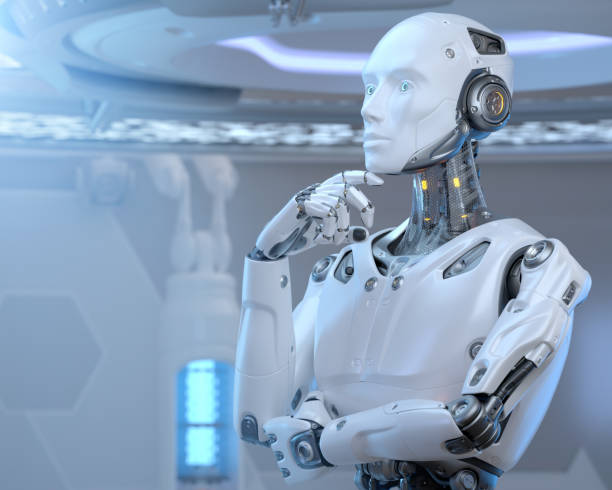Artificial Intelligence is now writing poems, composing music, generating visual art, and even directing films. At first glance, this seems like a technological marvel — AI democratizing creativity and enabling anyone to make art. But dig deeper, and the picture isn’t so inspiring. In many ways, AI is not enhancing creativity — it’s undermining it.
1. Mass Production Over Original Expression
AI art is based on patterns, not emotion or experience. It analyzes thousands (or millions) of creative works and generates outputs by mimicking existing styles. While technically impressive, this often results in content that is:
- Derivative rather than innovative.
- Lacking in personal meaning or lived perspective.
- Designed for engagement, not expression.
In essence, AI art risks turning culture into a fast-food product — quick, cheap, and forgettable.
2. Exploitation of Human Artists
AI tools are trained on vast datasets scraped from the internet, including copyrighted works by writers, illustrators, and musicians — often without permission or compensation. This raises urgent ethical questions:
- Should artists have control over whether their work trains AI?
- Who owns AI-generated content created in their style?
- Can we still value originality if machines can replicate it?
Many artists now face the grim possibility of being replaced by tools trained on their own labor.
3. Creativity Without Context
AI lacks life experience. It doesn’t feel love, loss, wonder, or fear — yet it produces content that mimics these feelings. This imitation risks confusing audiences, making it harder to distinguish between genuine expression and algorithmic pastiche. Over time, we may lose the ability to recognize and value human insight in a sea of synthetic content.
4. Homogenization of Culture
AI systems are trained on the past, which can limit the future. Rather than generating entirely new movements, they reinforce dominant styles and popular trends. This can stifle:
- Cultural diversity and minority voices.
- Experimental or unconventional forms.
- Subversive or political art.
Instead of promoting creative risk, AI often rewards safety and conformity.
5. The Decline of Skill-Based Art
As AI tools become more powerful, the incentive to learn artistic skills — drawing, composing, writing — may decline. If anyone can generate a painting with a prompt, why spend years mastering brush technique? While democratization has its benefits, it also risks devaluing the craft, discipline, and storytelling that make human art unique.
Conclusion
AI can assist artists — but it cannot replace the human spirit behind great art. If we’re not careful, the widespread use of AI in creative industries could lead to a world full of content, but starved of meaning. The challenge ahead is not just about technology — it’s about preserving what makes us human in a world that increasingly imitates us.
